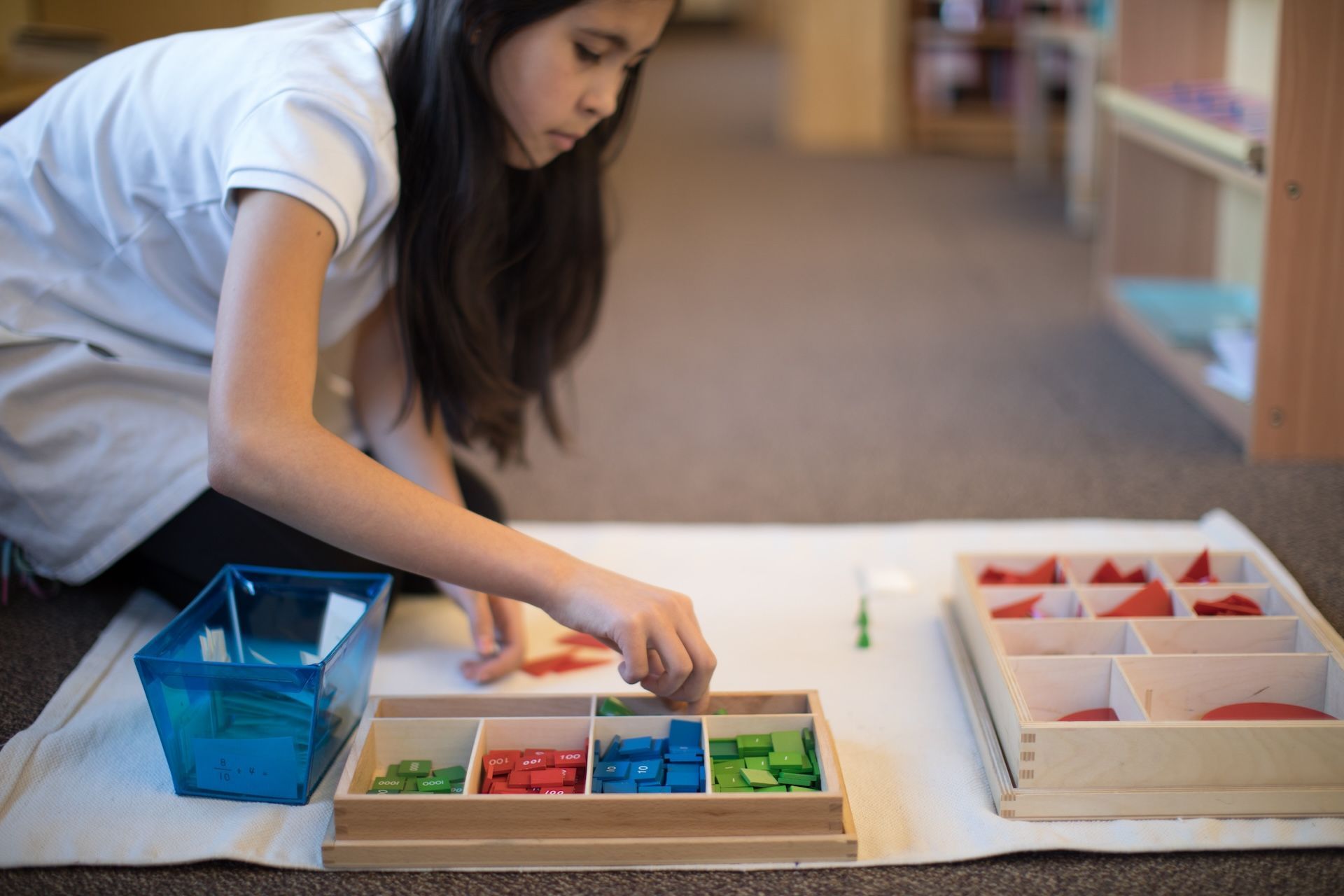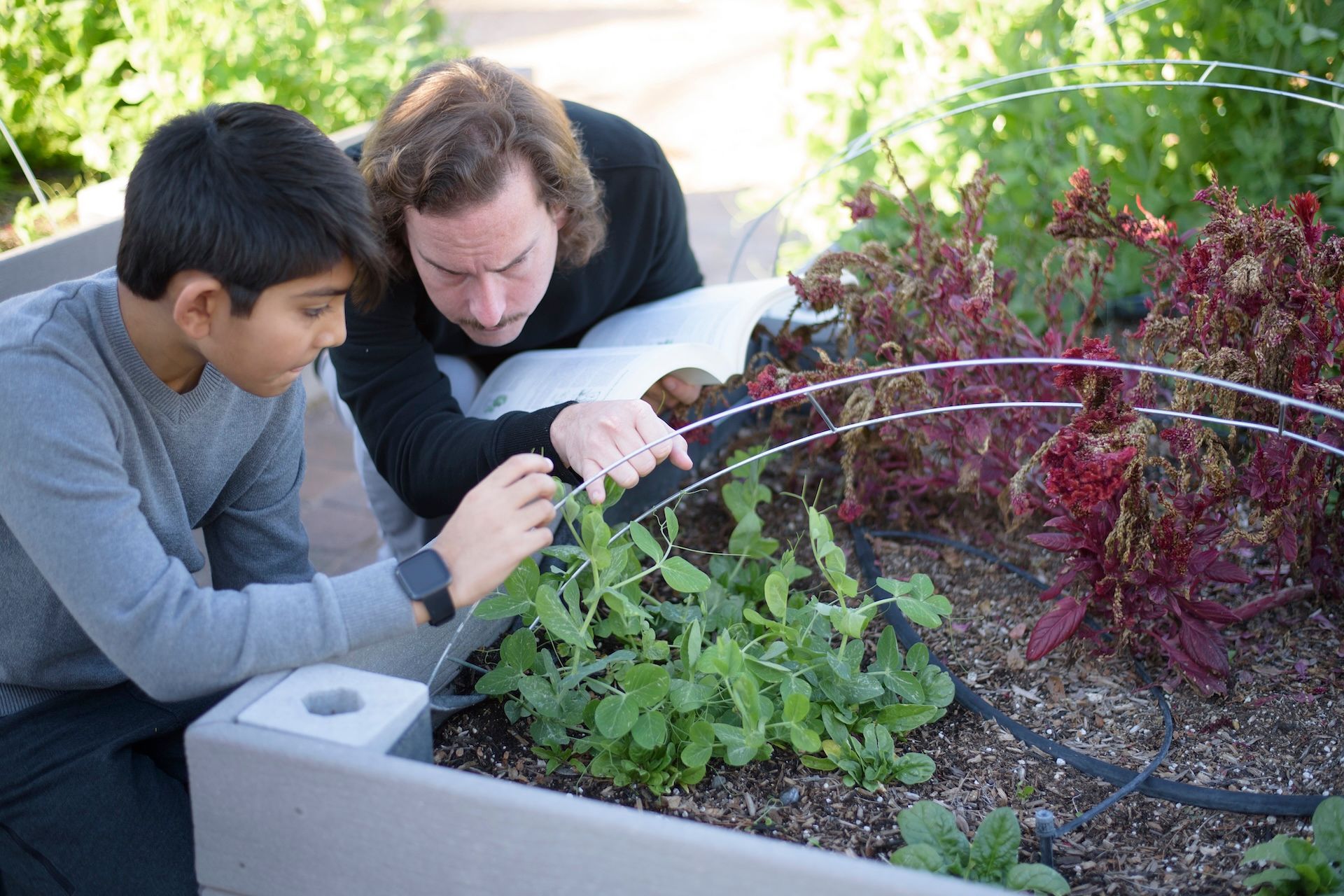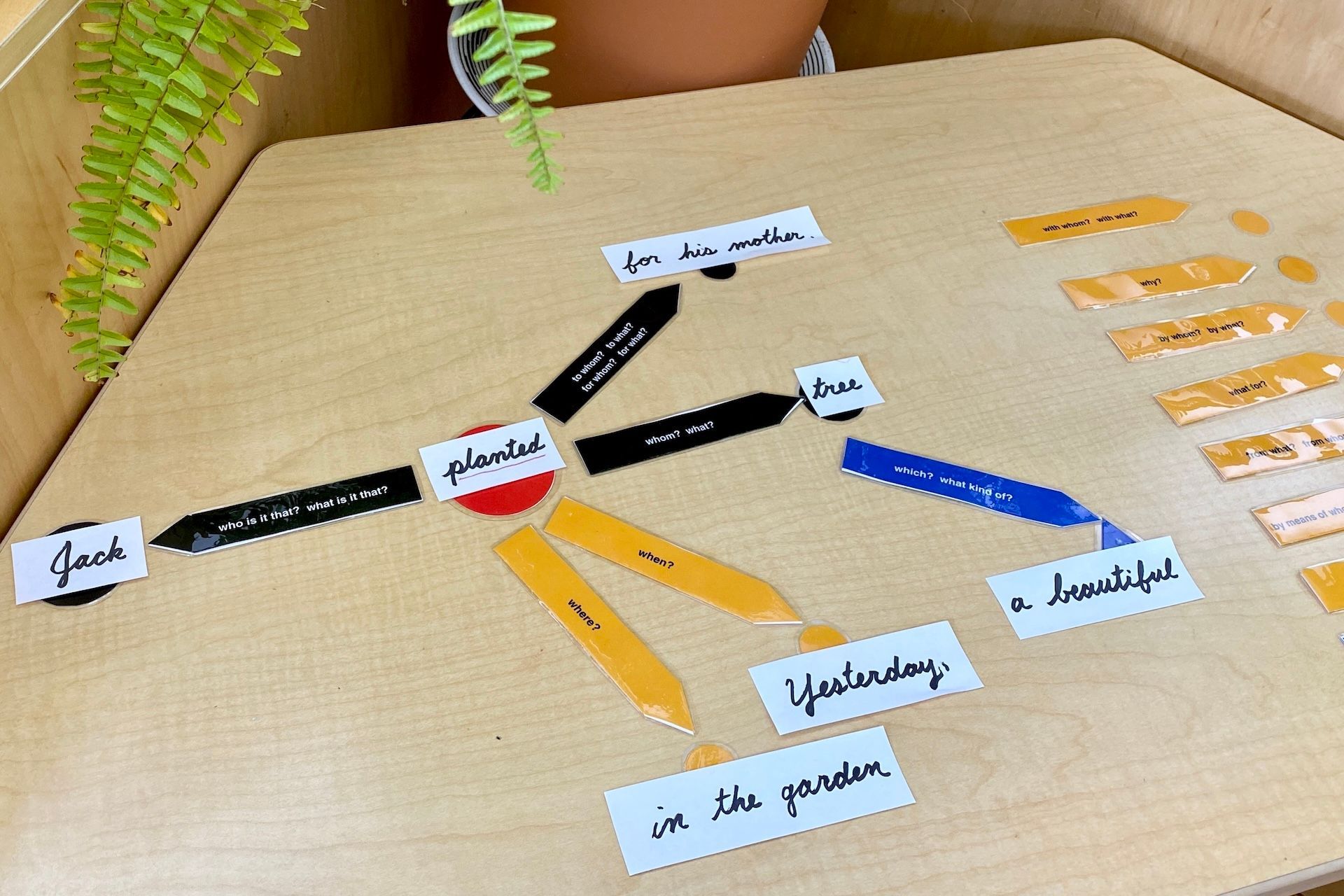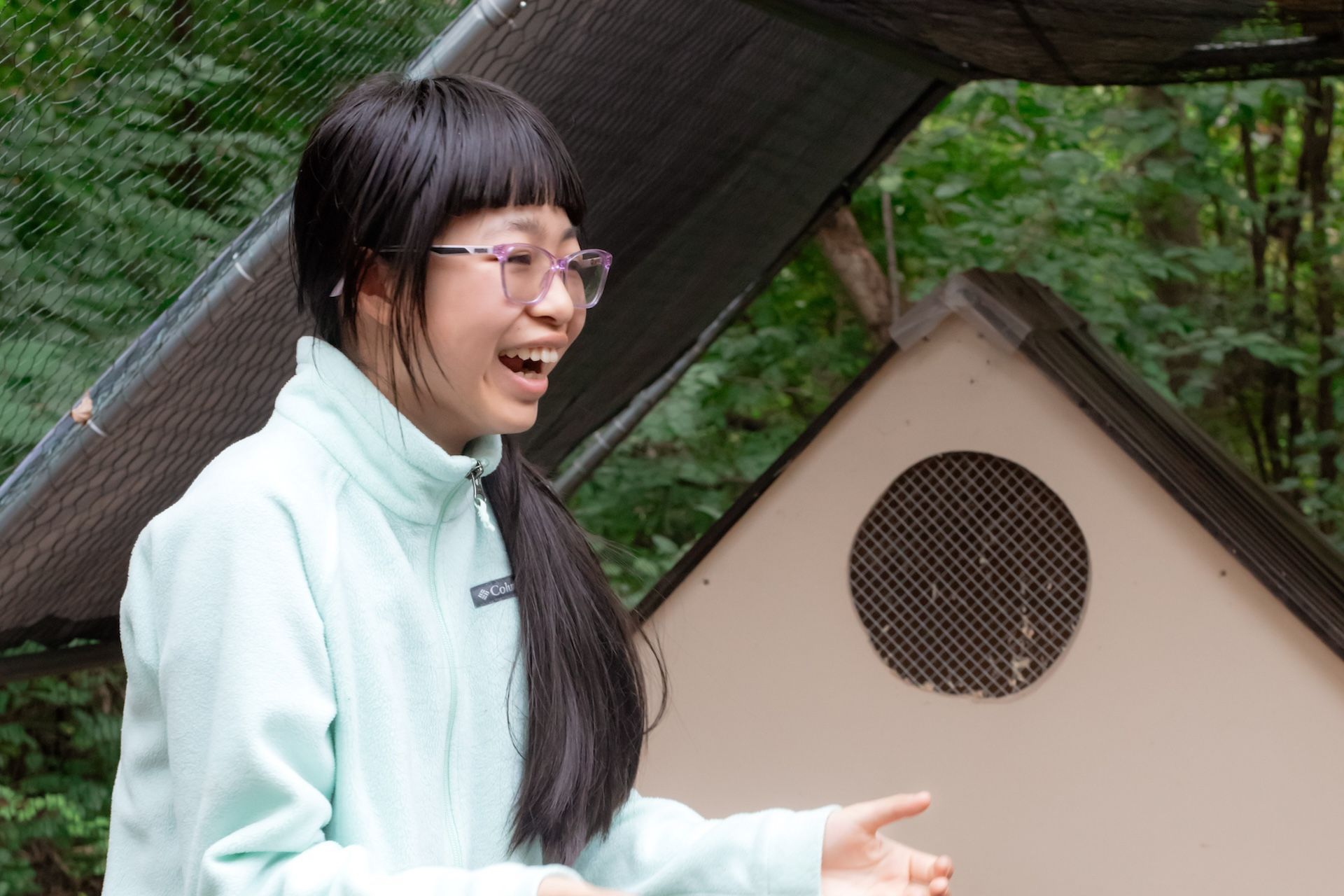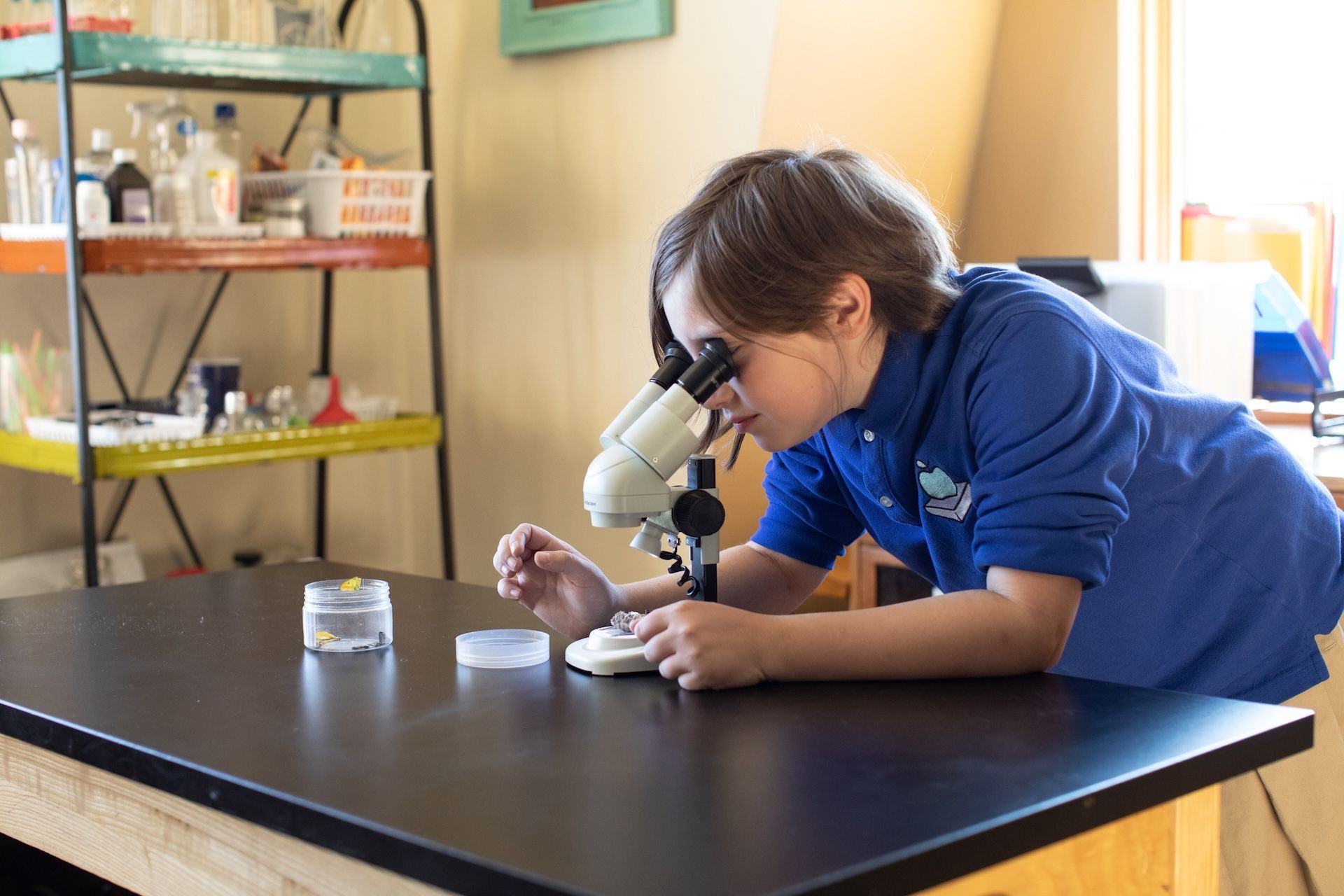4 Fun Ways to Bring the Outdoors Indoors

It’s no surprise that we tend to spend more time indoors during the winter than we do during the warmer months. While your kids may have a blast playing outside some of the time, they will inevitably get cold at some point and need to come inside. The good news is that doesn’t mean their experiences with the outdoors need to stop!
Here we share four fun and simple ways to bring nature inside.
1. Plant a few seeds
It may not be prime gardening season, but the warmth inside should be enough for this fun activity. Keep in mind the point is just to grow something; don’t worry about producing edible vegetables or gorgeous blooms. Gather a few materials:
● A container - preferably a small pot with adequate drainage, but anything similar will do
●Some soil - you can pick up potting soil at your local garden center if the ground outside your house is frozen
●Seeds! These can really be anything. Perhaps you have some leftover bean seeds from last year’s garden. Maybe you have some dried lentils in your pantry. You could even save a few seeds from that pepper you cut up for dinner.
Find
a warm, sunny spot in your home and have your child help you plant, water, and
observe the seed. You can read books
together about plants, research the specific plant you’re growing, or even tie
in some math with measurement and data collection.
Feeling
inspired? This is a great time of year
to begin planning your spring garden!
Children will love helping to draw out plans and look through seed
catalogs.
2. Create natural tablescapes
Everyone appreciates a beautiful centerpiece. Why spend money on flowers wrapped in plastic when you can find beauty in your own backyard? On a not-so-chilly day, take a walk with your child and collect beautiful pieces to arrange. Using a vase (or even a mason jar or glass milk bottle), proudly display what you find.
Keep
an eye out for:
●Interesting branches (birch and dogwood have unexpected color, but regular brown colored branches are just as pretty!)
●Evergreen foliage - pine, holly, and other types of shrubs and bushes can give your home a beautiful green look
●Dried berries and flowers
●Pinecones
Once
inside you can add candles, ribbon, or whatever else you have lying around. Ask your kids to come up with ideas, too!
3. Make something for the animals
Ice and frigid temperatures can make finding food difficult for wild animals. Have fun making treats for them while also cultivating a sense of generosity with your children.
Remember
covering pinecones with peanut butter and birdseed when you were a child? Birds still love them. Try this fun and super simple activity with
your own children! Find whatever string
or yarn you have and hang them from nearby bushes and trees.
Another
fun project: pop up a big batch of popcorn, and using a needle and thread, make
a long string to hang. This activity is
great for older children, and as a bonus they can snack while they create.
Wondering
whether it’s a good idea to feed the birds? Here’s what the Audubon Society has to
say about it.
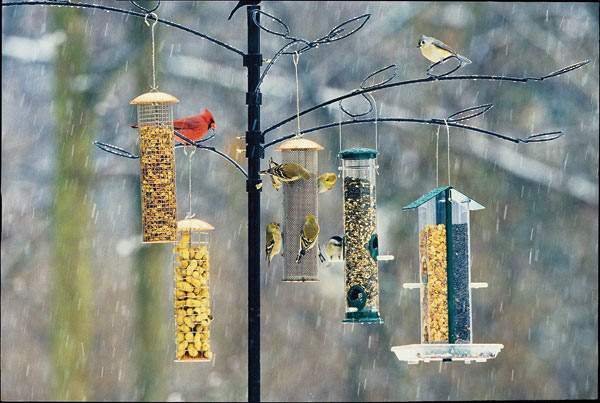
4. Set up a bird watching station
All those bird treats you made together? Put them on double duty: set them up in a spot where your children can see the birds out the window and you can create hours of entertainment.
If you happen to have a window that looks out toward trees or bushes, it may just be the perfect spot to try and attract local birds. Set up some bird feeders or homemade bird treats and wait for them to come. Meanwhile, set the scene inside as well. A comfortable chair or pillow on the floor will encourage children to sit and watch. Visit your local library and borrow a few bird-specific field guides to help with identification. Other fun items to leave nearby: a pair of binoculars, a sketch pad and colored pencils, or a journal.
Enjoy!
What does your family do to appreciate nature during the winter?
